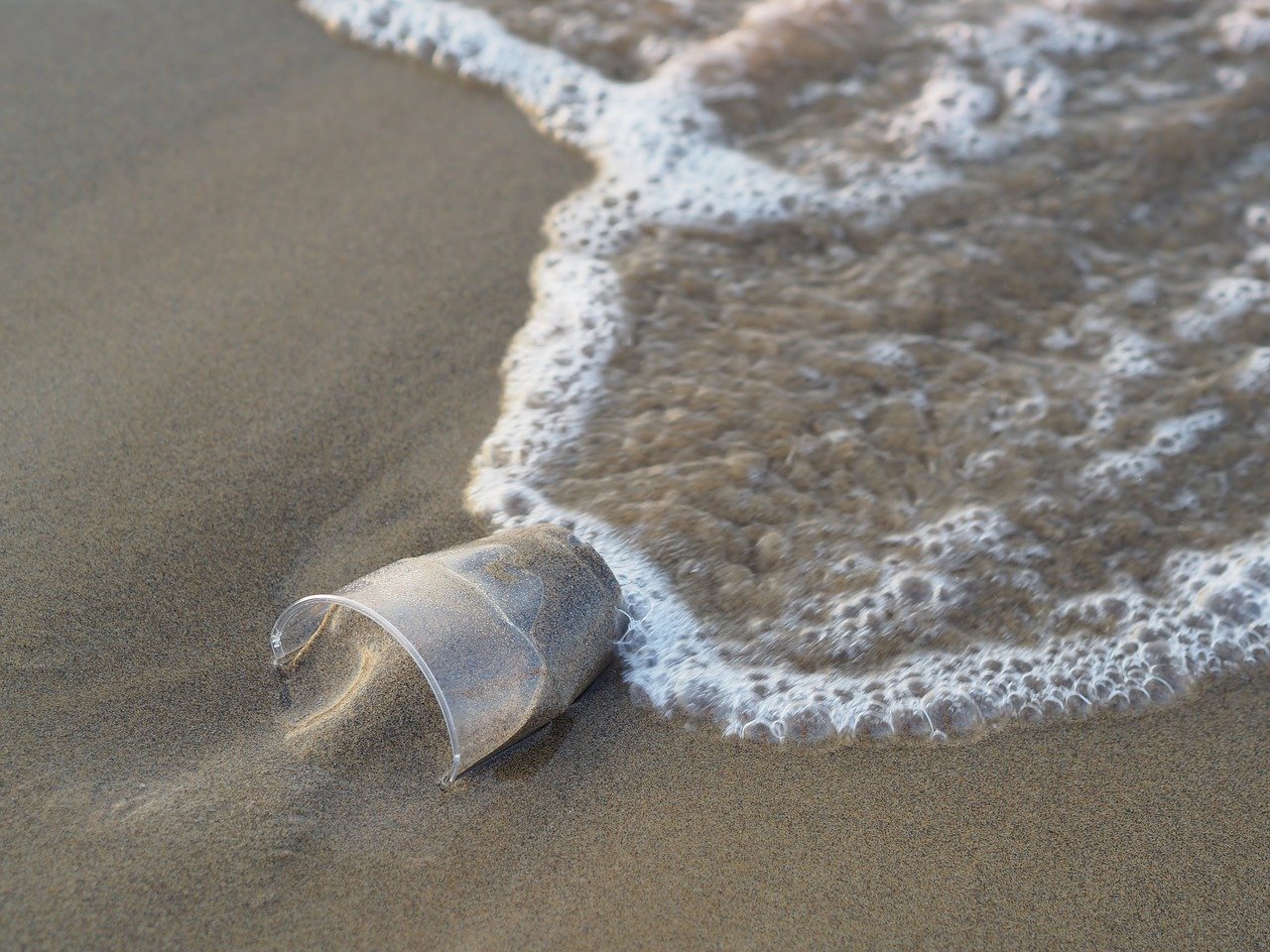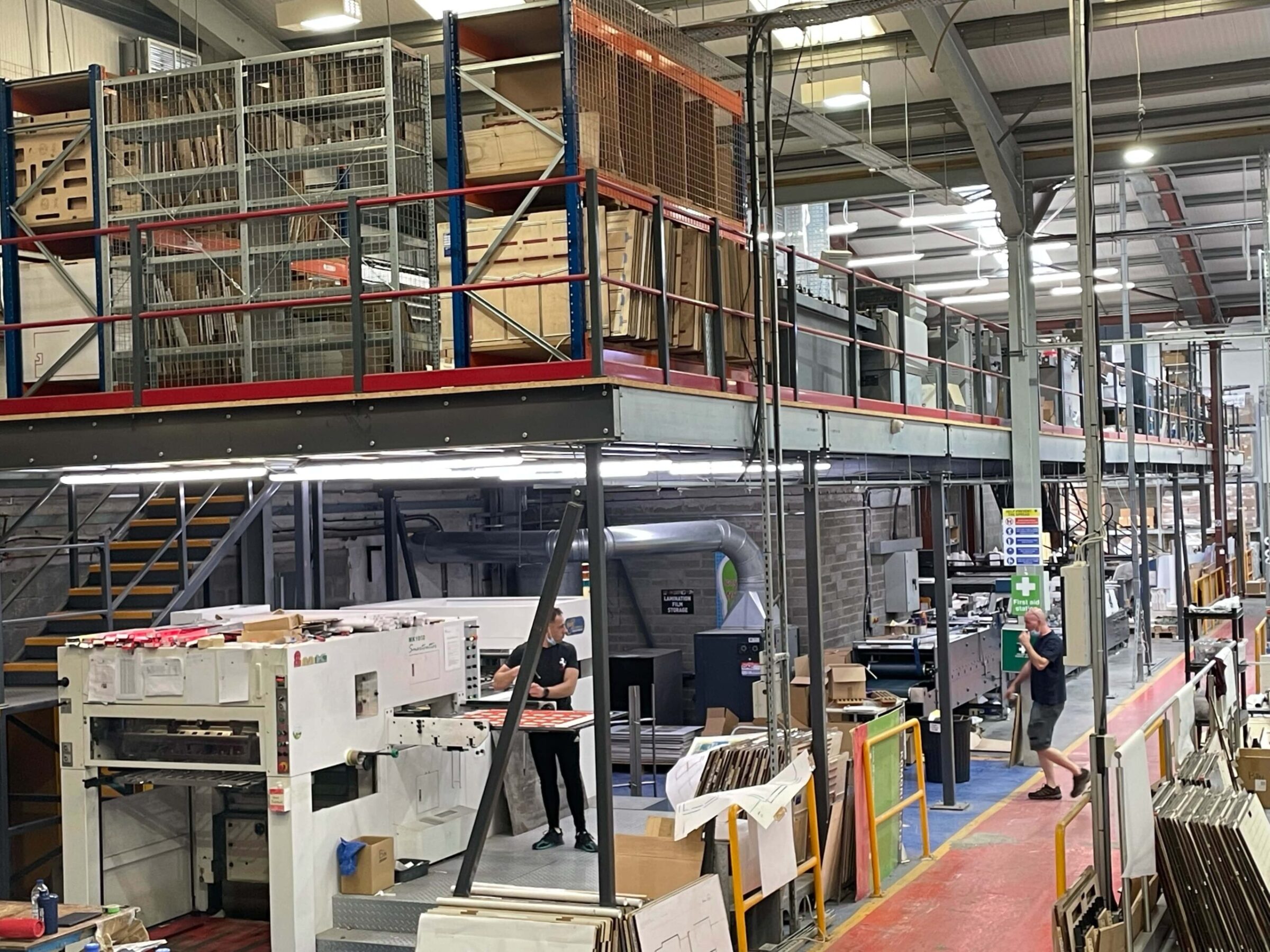It’s time to do more than just check the box on ocean plastic, writes Conrad Mendoza
Plastics pollution in the world’s oceans – most of us were at least somewhat aware of the problem. Maybe we’d seen pictures of the Great Pacific Garbage Patch or had read about seabirds swallowing debris. But the issue took on fresh urgency in 2018, particularly across Asia, when a diver named Rich Horner posted a YouTube video of himself in the waters off Bali, in a popular area called Manta Point. Horner’s camera didn’t capture many of the eponymous creatures often found there. Instead, it showed him swimming through what
appeared to be an endless underwater galaxy of multicoloured snack wrappers, bags and other garbage suspended in the current. Even if we thought we understood the problem, here was new, graphic evidence that humanity is treating our precious oceans like a landfill.
After Horner’s video went viral, there was some initial reaction from consumer goods companies, governments and NGOs. But like much of the response to plastic pollution, it all felt a bit routine, like ticking a box to demonstrate concern. In the end, it didn’t really address the problem and we all went back to our lives. A couple of months later, a plastic grocery bag was discovered in the Mariana Trench – the deepest part of the Pacific.
As a business development director for Avery Dennison, I live in Singapore and travel throughout the Asia Pacific region for work. I’ve observed the problem of plastics pollution from the perspective of a businessperson who sells materials, including some made from plastic and many that are applied to plastic and as a citizen and consumer. Here’s what I see – we’re losing the race against plastics pollution and dramatically so in the part of the world that I call home.
In 2015, the Ocean Conservancy, citing the journal Science, reported that eight million metric tons of plastic are dumped into the world’s oceans every year, with more than half coming from Indonesia, the Philippines, Thailand, Vietnam and China. UN Environment concurs, noting that 60% of all plastic in the ocean comes from just six countries, all of them in Asia.
It’s not for a total lack of trying. Many consumers across Asia are ready to move away from single-use plastics and help build a circular economy in which plastic packaging is recycled into new packaging and stays out of the waste stream. I know from my work with consumer brands that surveys show something like 60% of consumers want to buy sustainably-produced products – products that use less material, reuse existing packaging and recycle
used packaging (source: inc.com). But right now, those products are usually priced too high for many people in Asia.
Brands and manufacturers have taken steps in the right direction. Many have announced sustainability goals that include commitments to increasing recyclable packaging over the next several years. A number are innovating to create packaging that contains more recycled plastic or avoids the use of plastic altogether. But, so far, these efforts have not been enough to stem the plastics tide. Sustainable plastics packaging remains a niche product, because brands know that consumers in most of the world can’t pay the higher cost it commands.
Meanwhile, governments in the Asia Pacific region offer a patchwork of regulation that supports meaningful plastics recycling in some areas, but not others. Japan, where I
lived (and meticulously sorted my garbage) for several years, is often held up as a model for the region. Other countries are struggling to handle an overwhelming amount of plastic waste and one by one, countries across Asia are following China’s lead in banning the acceptance of foreign waste, forcing countries to come up with solutions. For many, the primary outlet at present is landfill. All in all, government, companies and consumers seem to be looking at each other, saying, “You go first.” But as the video from Bali and countless similar images remind us, this strategy isn’t working. All of us – governments, brands,
suppliers and consumers – must do more, quickly. Up to now, governments and corporations have largely let the market address the problem. Everyone is waiting for the moment when greater demand for sustainable packaging drives volume high enough for costs to come down and for ocean-friendly packaging to become the rule, rather than the exception. But after many years, that moment has yet to arrive and our oceans are telling us that we can’t afford to wait any longer.
Nobody likes more regulation but it is apparent that, for meaningful change to happen, governments across Asia must create laws and infrastructure that facilitate recycling and limit single-use plastic packaging. Meanwhile, brands and manufacturers of packaging materials must work together to increase the amount of recycled plastics in packaging and boost the numbers of consumers who recycle. We must collaborate to bring down the cost of sustainable packaging, so that consumers in parts of the world, like much of Asia, where incomes are low and use of single-use plastics is high, can afford them.
To be sure, some collaboration among all these stakeholders is happening. Global consumer brands, motivated by increasing consumer concern, the spectre of more regulation and occasional public shaming by NGOs, are sponsoring recycling initiatives and exploring alternative packaging. At the same time, as someone on the ground in Asia, where pollution from ocean plastic is most dire and impossible to ignore, I also want to say – we all need to do more, faster.
How can we accelerate the progress being made? How can we knock down the barriers that still prevent government, corporations and NGOs from collaborating most effectively? How can we put our vast innovative capacity to work to get rid of single-use packaging and create waste management systems across Asia that can handle the rivers of plastic literally flowing through our countries? How can companies make this issue a top priority, not just in the name of good corporate citizenship, but in the name of risk management and the long-term
viability of our businesses? How can we clean up our oceans, on which everyone, everywhere, depends, before it’s too late?
These are the conversations all of us should be having wherever suppliers and customers in our industry convene. And we must follow up those conversations with quick, decisive, meaningful action. Because if Rich Horner’s video and the countless tons of garbage amassing in our oceans have shown us anything, it’s that talk is not enough.








